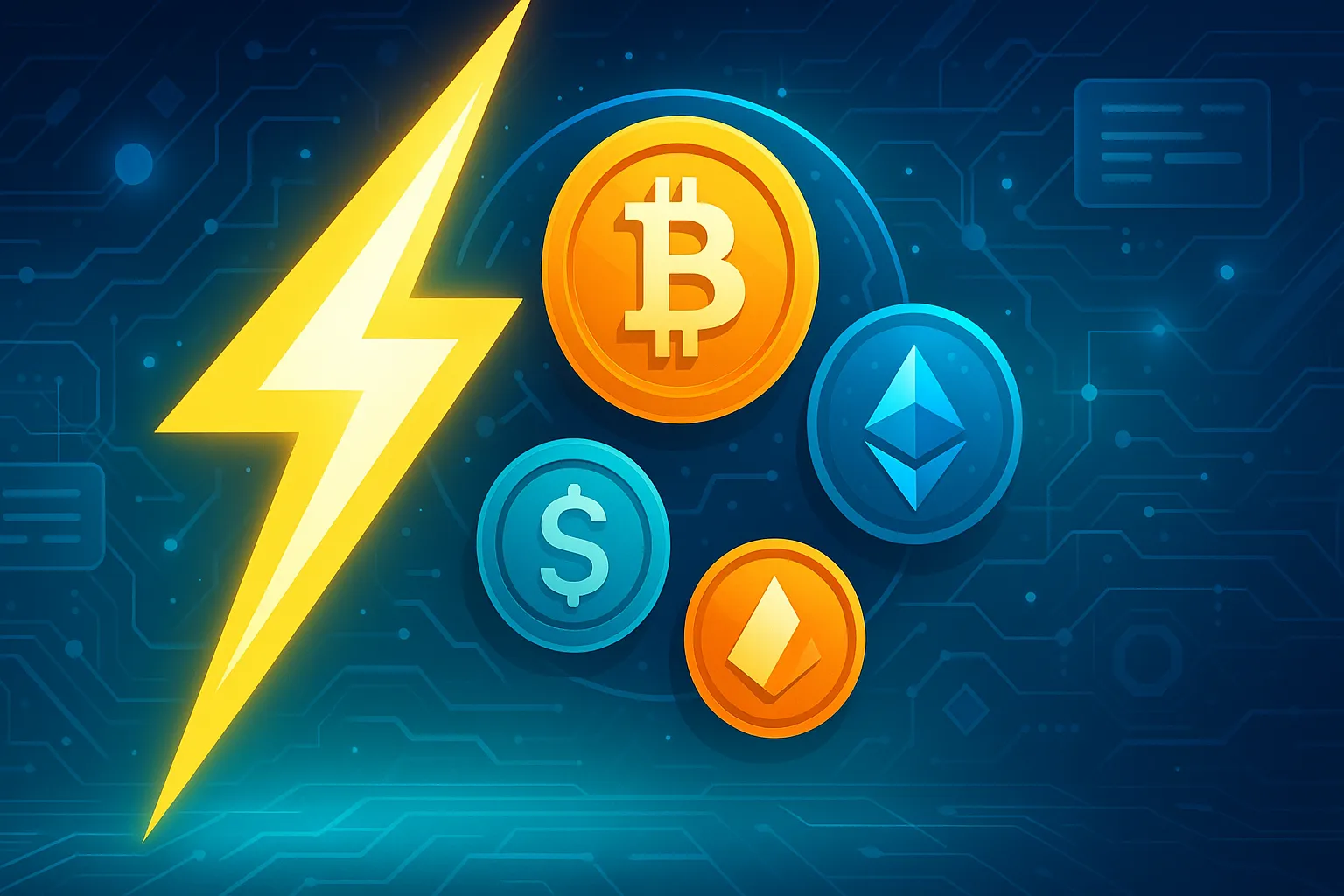Cash in a Flash: Instant DeFi Flash Loans Guide
Cash in a Flash: Instant DeFi Liquidity with Flash Loans
“Cash in a flash” is more than a marketing tagline—it’s exactly what DeFi flash loans provide: uncollateralized, single-blockchain-transaction loans borrowed and repaid. By leveraging price inefficiencies between protocols or arbitrage between assets, you can unlock capital without having to post collateral first. In this guidebook, you’ll learn exactly how to execute a flash loan, which exchanges to do it on, and how to manage risk—to truly cash in a flash.
Table of Contents
- What Are Flash Loans?
- How Flash Loans Work: Step-by-Step
- Top Platforms for Flash Loans
- Real-World Case Study: Profit from Arbitrage
- Risks and Best Practices
- Conclusion
- FAQ
What Are Flash Loans?
Flash loans are a DeFi primitive pioneered by Aave which enables you to borrow any amount of ERC-20 tokens without collateral—subject to the borrowed amount plus fees being repaid within the same transaction. They exploit Ethereum’s atomicity: if the repayment fails, the entire transaction is rolled back, protecting the lender. This system allows advanced capital efficiency for traders, developers, and arbitrageurs.
- Atomicity Guarantee: Either the repayment and loan in one transaction occur, or else nothing.
- No Upfront Collateralization: No asset locking up; just pay for gasoline.
- Programmable Logic: Flash loans are called via smart contracts, so you can orchestrate a string of protocol calls—swap, lend, borrow—smooth silk.
How Flash Loans Work: Step-by-Step
- Deploy or Use a Flash Loan Contract
Write a Solidity function that callsflashLoan()on Aave’s LendingPool contract.
ILendingPool lendingPool = ILendingPool(poolAddress);
lendingPool.flashLoan(
address(this), // receiver address
assets, // list of tokens (e.g. [DAI, USDC])
amounts, // amounts to borrow
modes // 0 = no debt, repay in full
);
- Execute Arbitrage or Strategy Logic
Within yourexecuteOperation()callback, swap tokens across DEXs (Uniswap v3, SushiSwap) to exploit price differentials. - Repay the Loan + Fees
Aave charges a 0.09% fee on borrowed amount. Ensure your strategy yields at least this much margin. If repayment fails, the transaction reverts—no funds change hands, no risk to the lender. - Capture Profit
Any leftover tokens after fee repayment are yours to keep. Use Etherscan to verify tx success and profit: search your contract’sexecuteOperationTX hash.
Top Platforms for Flash Loans
| Platform | Fee | Chains | Highlights |
|---|---|---|---|
| Aave v3 | 0.09% | ETH, Polygon, Avalanche | Most liquid pools, robust security audits |
| dYdX | Variable | Ethereum | Advanced margin/isolated lending markets |
| Uniswap v3 | N/A (via LP positions) | Ethereum, Arbitrum | Concentrated liquidity arbitrage |
| Balancer | 0.10% | Ethereum, Polygon | Custom pool creation for tailored strategies |
Real-World Case Study: Profit from Arbitrage
In March 2025, a trader spotted a 1.2% price gap between ETH/USDC on Uniswap v3 and SushiSwap on Avalanche. By executing a flash loan for 500 000 USDC on Aave v3:
- Borrow: 500 000 USDC (fee ≈ 450 USDC)
- Swap:
- 250 000 USDC → ETH on Uniswap v3 (Avalanche)
- 250 000 USDC → ETH on SushiSwap (Avalanche)
- Arbitrage: Sell ETH back on the cheaper DEX, netting a 6 000 USDC spread.
- Repay: 500 450 USDC to Aave.
- Profit: ~5 550 USDC in a single transaction.
Transaction verified on Etherscan (TX hash: 0x…abc123)—all steps occurred atomically, with no collateral risk.
Risks and Best Practices
- Smart Contract Bugs: Always code-review your flash-loan contract. Utilize Certik or PeckShield pre-deployment.
- Slippage & Gas Fees: High gas can eat up margins. Optimize your contract for gas usage and employ stringent slippage tolerances.
- Front-Running Attacks: Broadcast transactions via private relays (e.g., Flashbots) to block MEV bots.
- Protocol Security: Only use well-audited pools. New or low-liquidity pools are susceptible to being drained or exploited.
Best Practices Checklist:
- Audit all custom code.
- Test on testnets (Goerli, Fuji) with mainnet state forks.
- Monitor mempool and use private transaction relays.
- Cap borrow sizes to pool liquidity limits (≤ 50% of pool).
Conclusion
Flash loans are the peak of DeFi capital efficiency: “cash in a flash” is now literally a strategy. By mastering the mechanics—designing safe flash-loan contracts, targeting most liquid markets, and performing arbitrage or collateral swaps—you can unleash uncollateralized liquidity and seize opportunities that were not within reach. Always strike a balance between technical rigor (auditing, gas optimization, MEV resistance) and data-driven approach (on-chain analysis, price-feed monitoring) such that each flash loan is profit. Now, open up your Solidity IDE, connect your wallet, and be prepared to cash out in an instant!
FAQ
What is a flash loan?
A flash loan is a DeFi uncollateralized loan that you borrow and repay in the same blockchain transaction, protecting the lender through atomicity.
How much does a flash loan cost?
On Aave v3, the fee is 0.09% of the borrowed amount. Other platforms may vary—always check the protocol’s documentation before executing.
What can I do with a flash loan?
Common uses include arbitrage (exploiting price differences between DEXs), collateral swapping between DEXs, preventing self-liquidation, and cross-protocol position refinancing.
Are flash loans risky?
Risks include smart contract bugs, high gas fees eating into profits, and front-running by MEV bots. Mitigate by auditing contracts, optimizing gas, and using private transaction relays.




